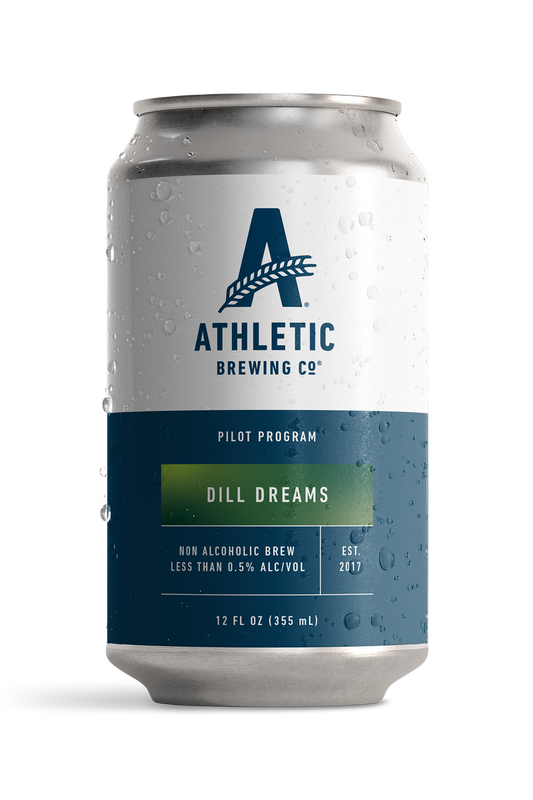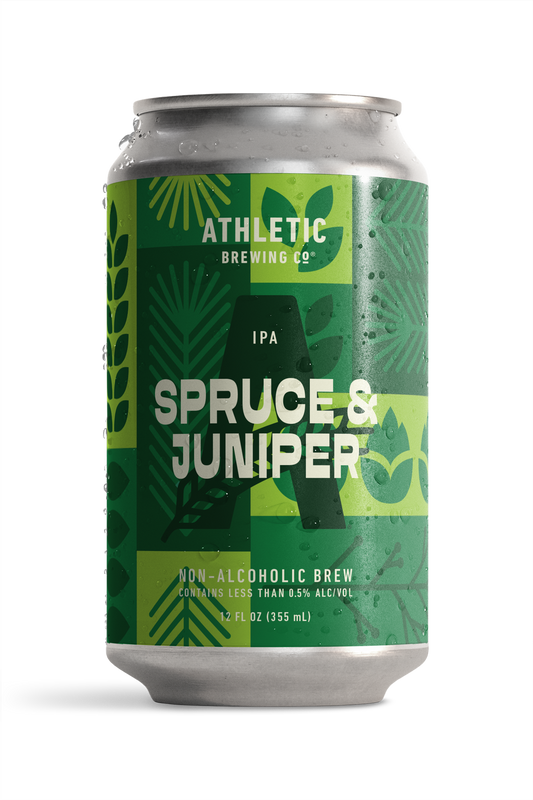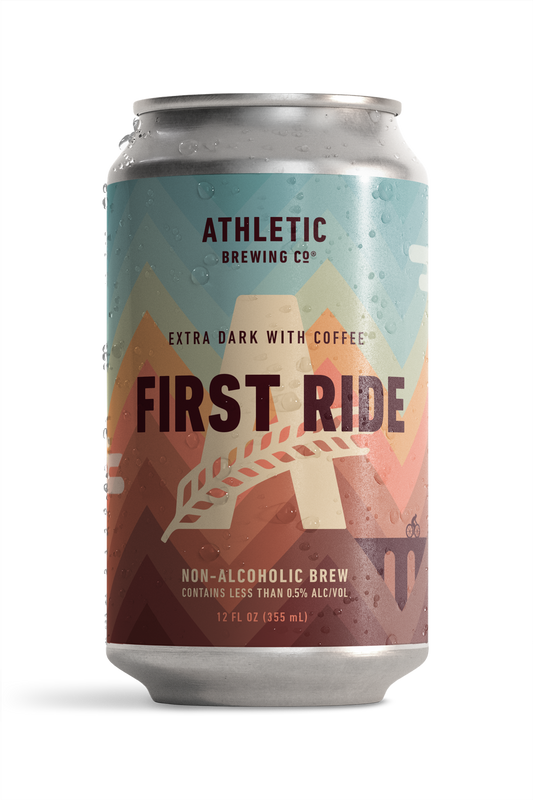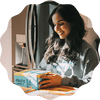More and more people are getting outside and enjoying the fresh air with a renewed connection to nature. Outdoor recreation has seen a consistent rise in participation rates over the years, however, it’s no secret that this last year has driven more people outdoors more than ever before. The shutdowns and restrictions caused a restlessness that launched many people into outdoor spaces, some for the first time ever, some for the first time in a long time.

Backcountry Recreation is on the Rise
According to Snowsports Industries America (SIA), outdoor recreation participation has increased significantly across all surveyed activities since the pandemic. Notably, hiking and backpacking participation is up 51%, and bicycling participation is up by a whopping 65%. The SIA also reports similar numbers in snowsports, with backcountry/alpine touring up 57%, snowshoeing up by 55%, and snowmobiling up 46%.
Outdoor enthusiasts are flocking to the backcountry, looking to avoid the lines, crowds, or reservation systems that are now common occurrences at ski resorts. This increase in backcountry snowsports participation may be one of the reasons that there have been more fatalities in avalanche accidents this winter season.
Ethan Greene, director of the Colorado Avalanche Information Center (CAIC), explains that the interface between people and this natural hazard is complicated. “In order to have people in avalanches you need two things - avalanches and people - and they’re both complicated, so understanding how they fit together is tricky,” he says.
(Listen to Ethan Greene on the Without Compromise Podcast)
In Colorado, avalanches are the most fatal natural hazard with an average of six deaths per year, accounting for nearly one third of all avalanche deaths in the entire United States. However, the mountainous state has seen a marked increase in avalanche accident fatalities with a total of twelve deaths thus far during the 2020-2021 winter season. A majority of the fatalities have been backcountry skiers, but snowmobilers, snowshoers, and hikers have also been killed.
This is why organizations like the Colorado Avalanche Information Center exist. The CAIC provides information about avalanche conditions via avalanche forecasts, as well as education surrounding avalanche safety. Their team of scientists and forecasters monitor avalanche activity in Colorado year-round while collecting data and conducting research. Contrary to popular belief, this is a year-round job because Colorado typically sees avalanche accidents in every month of the year.
It’s possible that the rise in avalanche accidents this winter season could be attributed more to what Greene refers to as a ‘tricky’ snowpack than an increase in foot traffic. He explains that the avalanches this season aren’t massive or big enough to change the landscape, but that “they’re dangerous for people because they’re easy to trigger and they’re large enough to kill people.”

This winter, Colorado has seen a lot of remotely triggered avalanche activity, meaning that the cause of the avalanche is not near the start zone of the avalanche. They can be triggered from below or from the sides, sometimes even from low-angle terrain. This is extremely dangerous because people can be caught by surprise, especially if they’re accustomed to traveling through certain areas and the snow behaving in certain ways.
The CAIC investigates every fatal avalanche accident within 24 hours of the event and are frequently involved in rescue and recovery efforts. The goal is to document any avalanche event that involves people. This helps the organization figure out what caused the avalanche and evaluate trends in both avalanche activity and human activity or involvement.
“The biggest short-term goal is to prevent the next accident,” says Greene. “We try to do that [investigation] quickly so that people can understand and apply those lessons right away.”
Organizations like the CAIC exist in order to keep you safe in the backcountry. You can donate to the CAIC through Friends of the CAIC. Here at Athletic Brewing, we’re proud to help support the CAIC through our Two for the Trails program, where 2% of all sales gets donated to help fund trail development and initiatives like the CAIC.
How Do You Safely Recreate in the Backcountry?
If you’re new to recreation in the backcountry, knowing where to start on your educational pathway can be a little overwhelming. Luckily, there are a lot of free resources available online.
The goal of education and awareness is to be able to have fun in the mountains while avoiding dangerous conditions and managing risks. Making smart decisions in the backcountry can be a matter of life and death, and being fully prepared is key in the unfortunate event of being involved in an avalanche.
Get the Training
Greene recommends starting with the Know Before You Go program that was put together by the Friends of the CAIC, a nonprofit organization associated with the CAIC. This one-hour interactive program covers all the basics and will give you a general understanding of how avalanches work, how to identify avalanche terrain, and what to look for while moving through avalanche terrain. From there, you can continue on to more intensive training. The Friends of the CAIC have five additional interactive courses that you can take for free.

There is a plethora of information available for free on the internet, as well as live seminars and in-person workshops. If you have the means, taking the level 1 avalanche safety course through the American Institute for Avalanche Research and Education (AIARE) will familiarize you with the rescue process, and puts students hands-on with the snow and the gear so they can begin to understand and recognize potentially hazardous areas in the backcountry. These courses are usually three days - about 24 hours - of instruction, including lecture and fieldwork. You’ll dig pits in the snow and analyze the different layers, and practice with your avalanche rescue gear.
Get the Gear
The next step is to get the gear. The three must-have items that should be with you at all times in the backcountry consists of a transceiver, also called a beacon, that sends and receives signals from other transceivers to locate people buried under the snow; a probe, which is a foldable pole that gets unfurled and shoved into the snow to locate a body and measure how far below the surface they are; and a shovel, for digging the victim out.
Once you‘ve collected the appropriate gear, you have to practice using the gear. Hands-on training is highly recommended, even if your friends and partners have extensive experience. The more hands-on training you get, the better off you and your partners will be in the case of an emergency. Time is of the essence when someone gets buried in an avalanche. The greatest chance of survival is if the victim is successfully located and dug out within the first ten minutes. Waiting for help to arrive is not an option, you must act fast, and familiarity with the gear as well as the recovery process will provide the best chance for survival.
Get the Forecast
The avalanche forecast is key to safe recreation in avalanche terrain. “If you have plans to head into the mountains, the very most important thing you should do is check the avalanche forecast,” Greene says. “There isn’t any recreational goal out there that you have to cross off the list. Any place you want to go, any mountain you want to climb, any route you’re going to traverse or go with your snowmobile, those are all possible, but you really need to go on the right day.”
In other words, it’s imperative to match your plans to the current conditions. No recreational goal is worth your or your partner’s life. To check avalanche forecasts, visit Avalanche.org, or, for Colorado specifically, visit the CAIC website.

The skills gained from formal education are foundational. Nothing beats going out in the field and practicing with your gear and your partners to gain experience. Choose trustworthy people to recreate with, keep communication open, and be ready to alter your plans if you notice signs of instability in the snow or if you or your partners become uncomfortable with the current plan.
If you feel drawn to backcountry recreation, Greene encourages people to get out and enjoy it. “It’s an amazing experience and there’s so much people can do out there.”
If you can’t find a reliable partner, or don’t quite trust your skills yet, hiring a guide is never a poor decision. Guides have the training necessary to make appropriate decisions, and to keep you safe while still having fun.























 Your Privacy Choices
Your Privacy Choices











